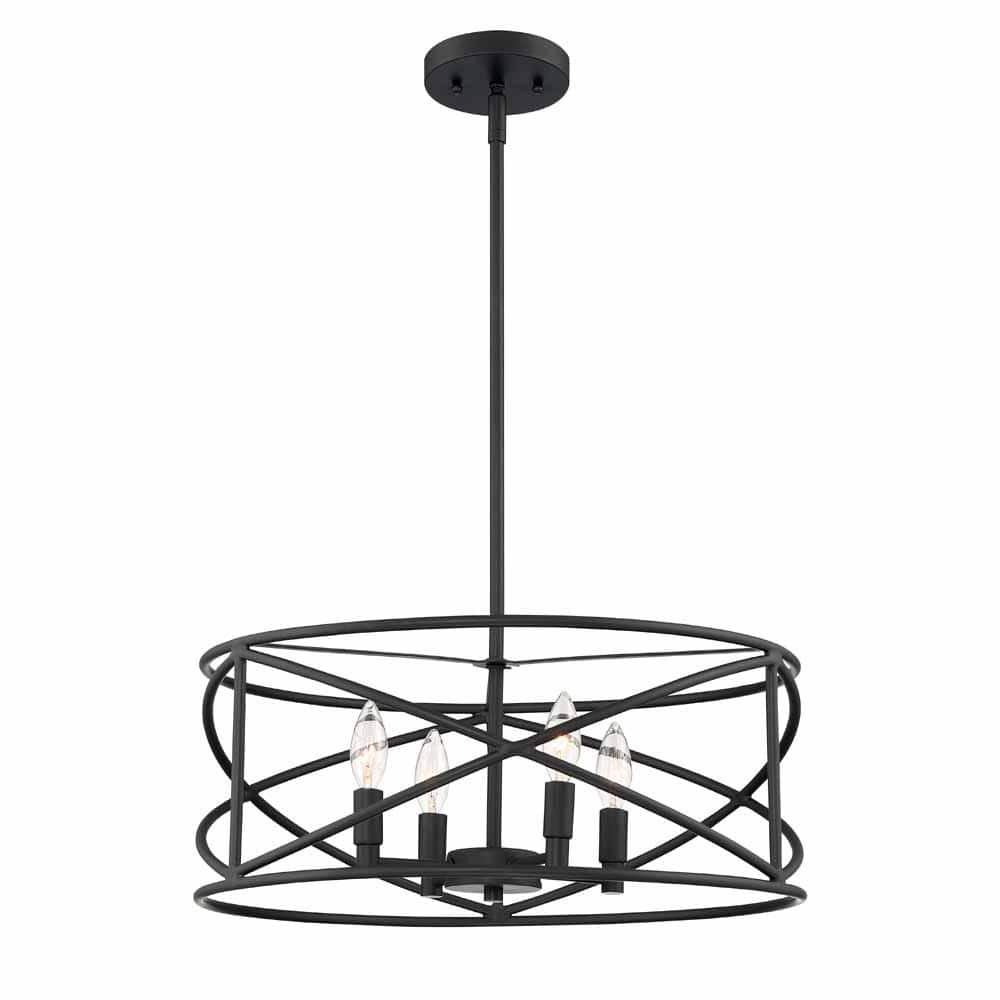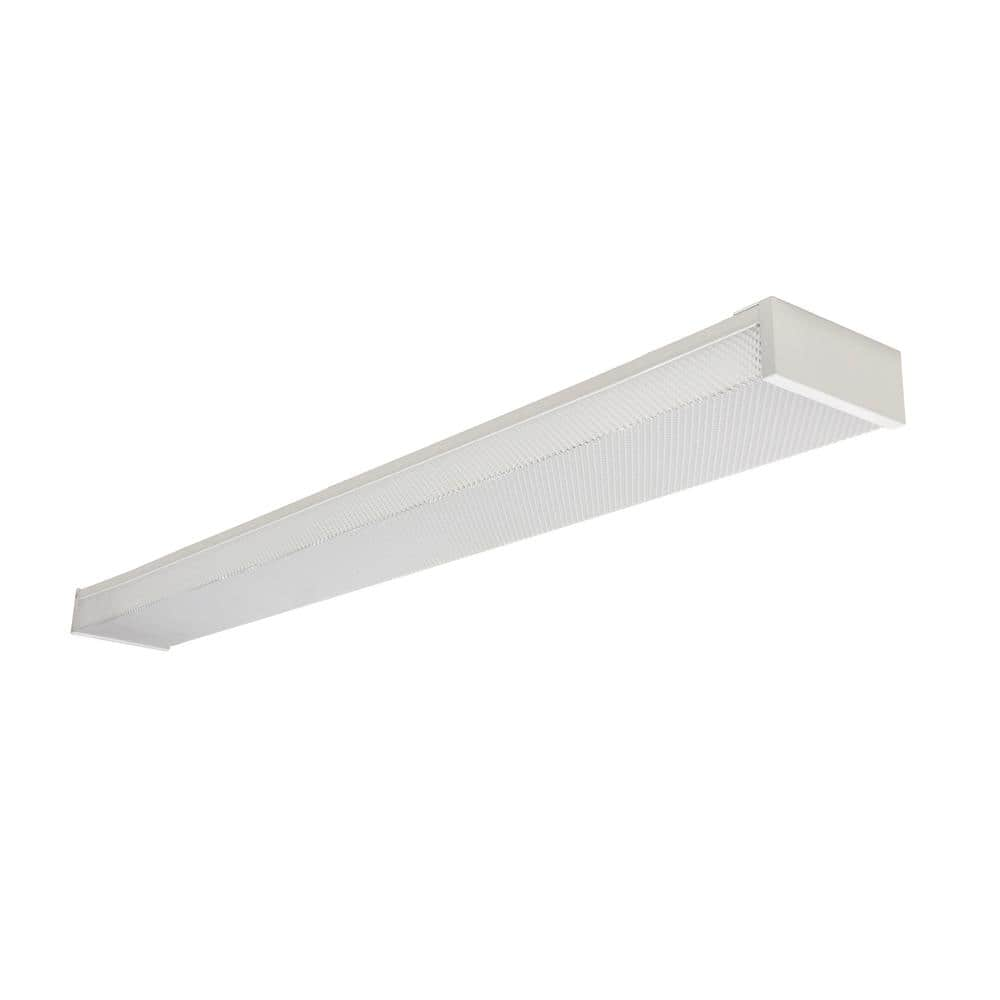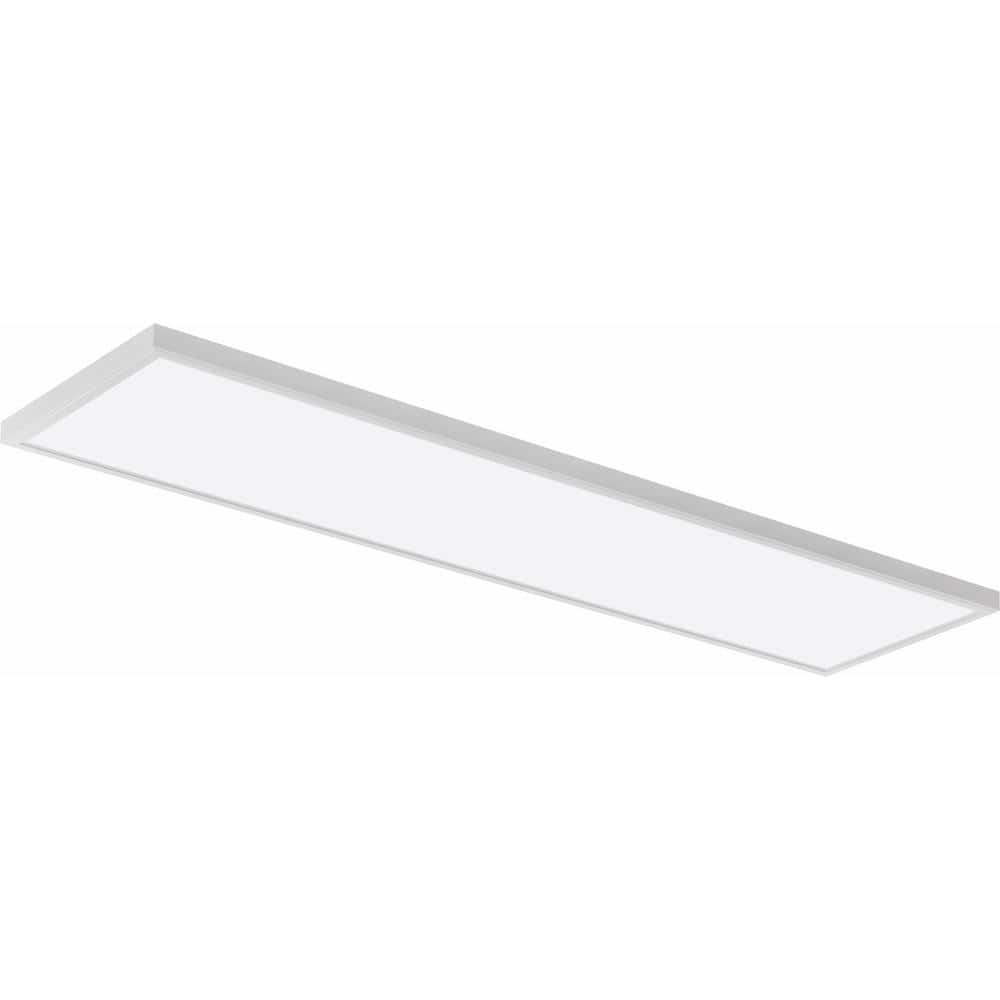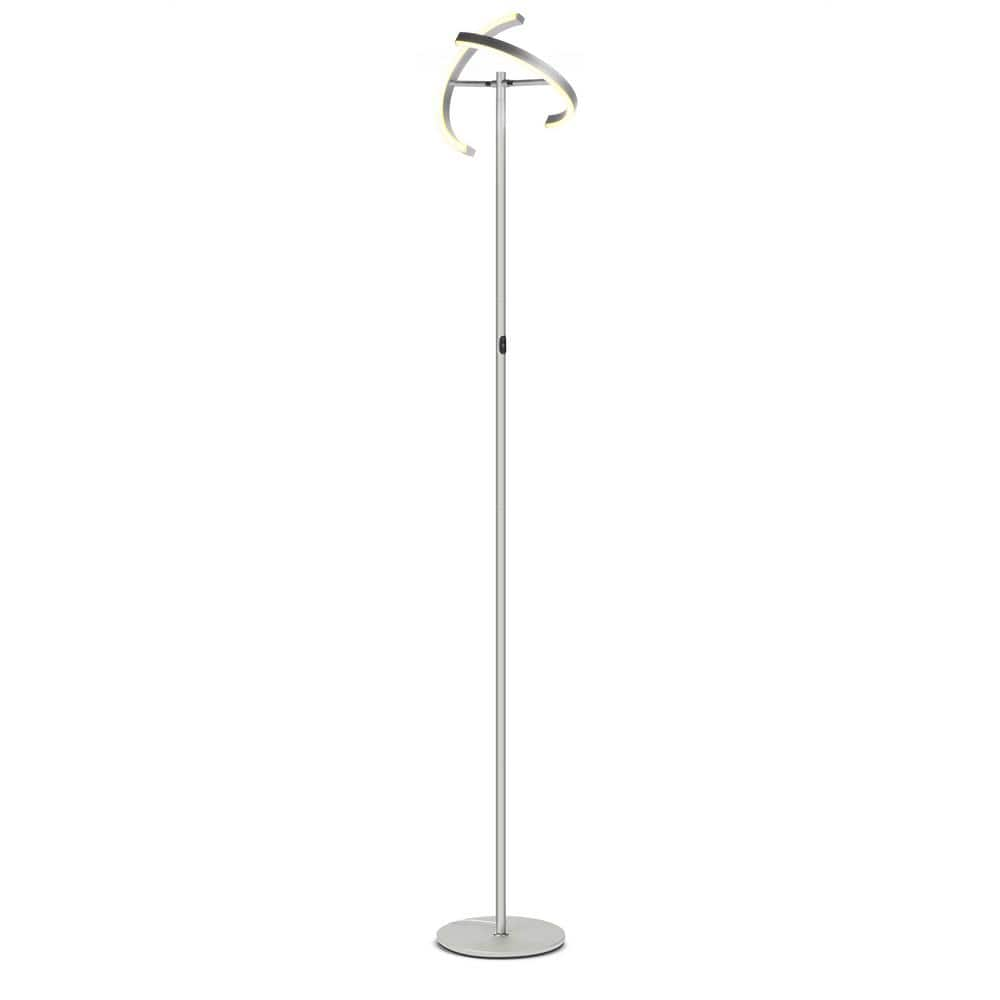Hampton Bay Hastings 4 Light Satin Bronze Industrial Caged Drum Chandelier for Kitchen or Dining Room
Uses (4) 60-Watt Cadelabra Base Bulbs (Not Included). Includes (2) 12 in. and (2) 6 in. Rods and can be Flush Mounted. Fully Dimmable Vintage Industrial Farmhouse look.
This Hampton Bay 4-light linear chandelier is beautifully crafted in a basic vintage industrial or farmhouse look. The protective satin bronze finish will provide a great design touch to any room. It has an open design to provide pure illumination and show off decorative lamps. This timeless classic design is the choice of discriminating yet value conscious homeowners who want to enrich their home.
- Durable steel construction with satin bronze finish gives a sophisticated look
- Two 12 in. and two 6 in. rods included for adjustable hanging height
- Compatible with a standard wall dimmer
- Uses four 60-Watt medium based bulbs or CFL equivalent (not included)
- Open design to highlight decorative lamps
- Hardware included for ease of installation
- Rated for dry locations
Additional information
| Chain Length (in.) | 36 |
|---|---|
| Fixture Depth (in.) | 20 |
| Fixture Height (in.) | 8 |
| Fixture Weight (lb.) | 6.08 |
| Fixture Width (in.) | 20 |
| Maximum Hanging Length (in.) | 60 |
| Mounting Deck Height (in.) | 1 |
| Mounting Deck Width (in.) | 5 |
| Certifications and Listings | UL Certified |
| Manufacturer Warranty | 3 Year |






by Plucky
Was great to be able to adjust the length of fixture. Bought the matching items to use in kitchen. Used the smaller version over the dinette table and larger in main area. Looks great with stainless steel appliances and granite counters. Very pleased!
by Tishy
Looks great I only used 1 rod to make it more of a semi flush. Looks great.